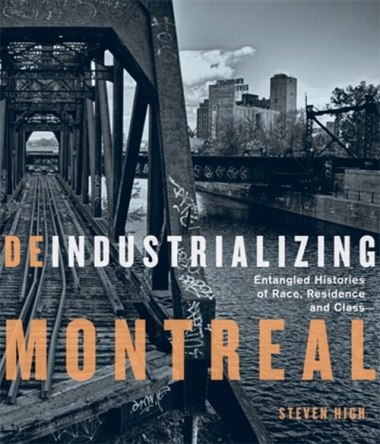What is being done or what can we as a society and as individuals do to combat the apparent racial violence of capitalism?
SH: I am a firm believer that knowing the history of our communities prepares us for present and future challenges. As a young man from Little Burgundy put it in a workshop: there is a history behind every neighbourhood that explains why things are the way they are.
Deindustrializing Montreal speaks to the history of community mobilization and resistance which has made and will continue to make a difference. Point-Saint-Charles, in particular, is synonymous with place-based activism in Quebec.
Its hard-earned reputation as an activist neighbourhood has been an inspiration to many people. We can learn much from this activist history, but I also raise some hard questions about the accommodationist stance of the community sector and the discourse of “social mix” that too often provides intellectual cover for gentrification. The whiteness of activist circles in the Point contrasts sharply with those of Little Burgundy.
The book speaks to this lesser-known activist history as members of the Negro Community Centre combatted racism in all walks of life and, in later years, a new generation of community groups sought to counter crack, neighbourhood violence and police shootings.
Learn more about Concordia’s Department of History and the Centre for Oral History and Digital Storytelling.


 Steven High: "Deindustrializing Montreal speaks to the history of community mobilization and resistance."
Steven High: "Deindustrializing Montreal speaks to the history of community mobilization and resistance."



